Anglomoil Brake Fluid Dot 3 20lt (2811020)
Anglomoil Brake Fluid Dot 3 20lt
Essential requirements of the fluid are that it be:
• incompressible
• compatible with the braking system hardware (metals, rubber etc)
• resistant to deterioration caused by oxidation or contaminants
• possess correct physical characteristics (lubricity, viscosity)
• have a high boiling point to resist vapour lock under any braking situation.
•
Modern brake fluids are formulated from poly glycols which are fortified with anti oxidants and anti corrosion
additives. They are not compatible with petroleum fluids and on no account should they be mixed. Brake fluid
will attack paint, including the paints used on modern motor vehicles, so great care should always be taken to
avoid contact with paint.
Brake systems generate a lot of heat, and some of this heat is transmitted into the brake fluid. A high boiling point
— well in excess of 200°C is one of the most important properties of a modern brake fluid, otherwise the fluid will boil and cause vapour lock and subsequent loss of braking power.
Poly glycol is highly absorbent of water, a property known as “hygroscopic’. In service, in the vehicle, the brake fluid will slowly absorb water from the atmosphere, even through the walls of the brake hoses. The presence of water in the brake fluid lowers the boiling point, which in time will reach danger point. Disc brakes generate more heat than drum brakes and in the early days of disc brakes, many accidents occurred because of vapour lock.
Steps were taken to overcome this problem by modifying the composition of the fluid to increase the boiling point and also to reduce the tendency to absorb water. Current brake fluid specifications call for two boiling
points – a “dry” boiling point and a “wet” boiling point which is measured after the fluid has been exposed to moisture for a certain length of time. These measures have greatly reduced the possibility of vapour lock, but
nevertheless, the fluid should be changed at regular intervals, usually every two years. Changing the fluid not only restores the higher boiling point, but purges the system of corrosive moisture.
Recommendation
The essential requirements of a modern brake fluid are set out in various national and international standards. The
Australian and New Zealand 1960.1 which is modelled upon the American Federal Motor Vehicle Safety
Standard DOT 4, calls for the following:
• Dry boiling point >260° C
• Wet boiling point >155°C
• Viscosity at – 40°C < 1800 cSt
• Viscosity at 100° C <1.5 cSt
• plus many more requirements for water tolerance, effect on rubber, compatibility etc.
Additional information
| Weight | 20 kg |
|---|

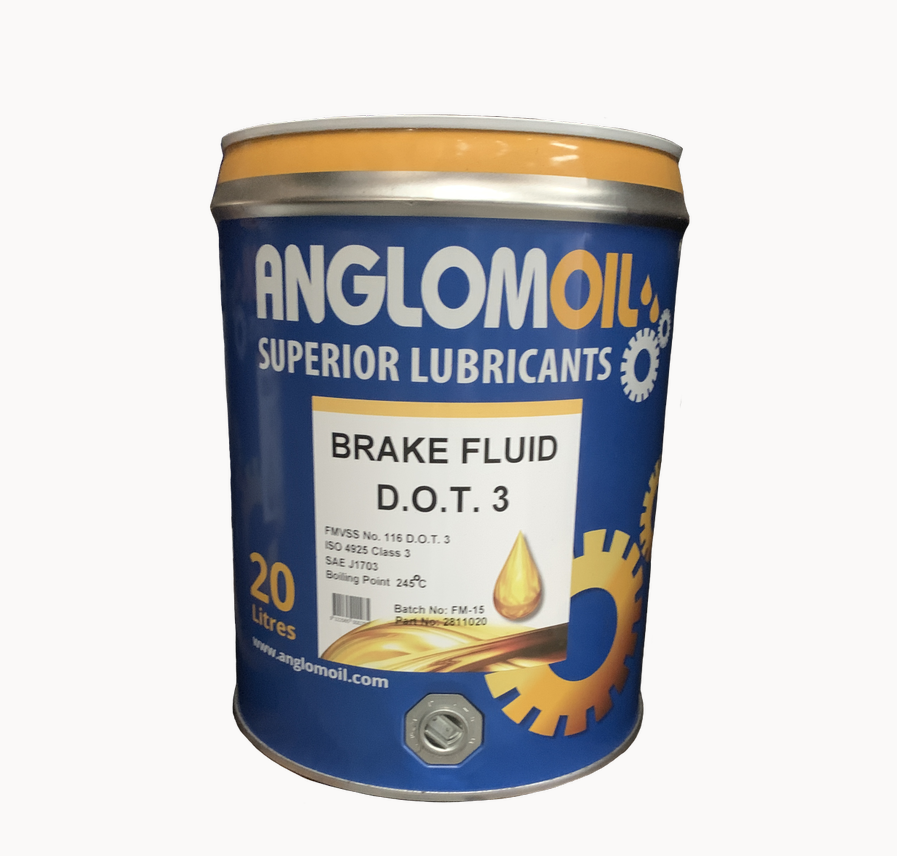
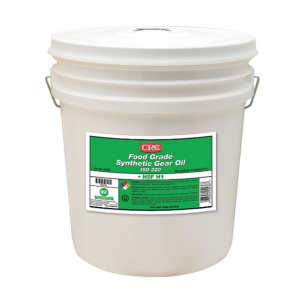
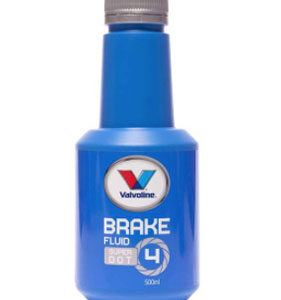
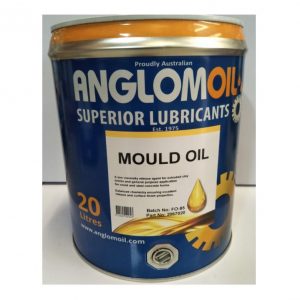
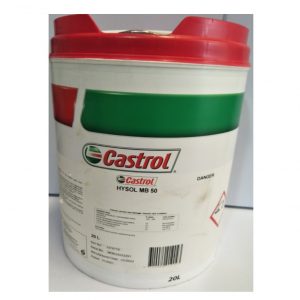
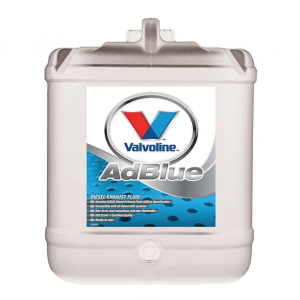
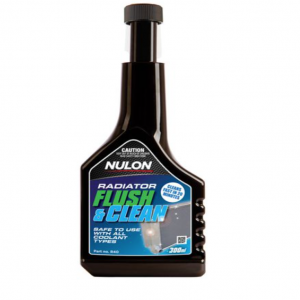
Reviews
There are no reviews yet.